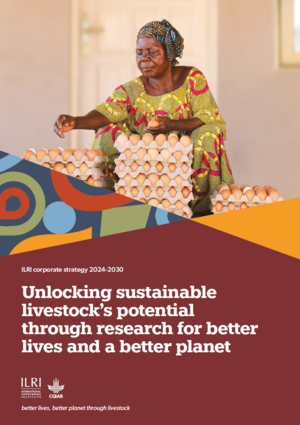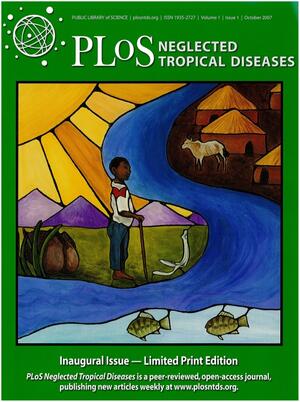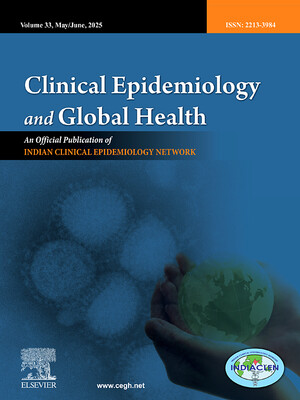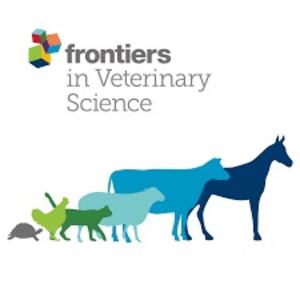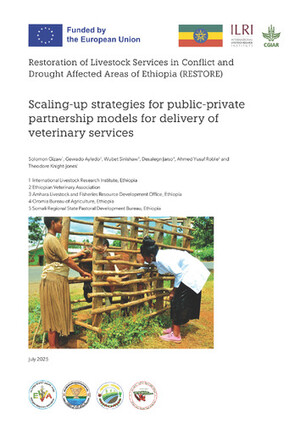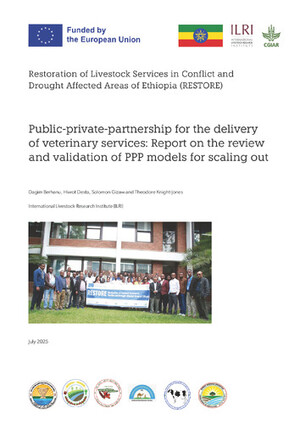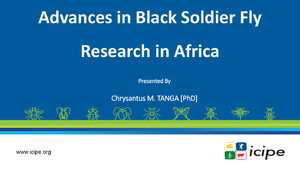
Factors influencing the prevalence of trypanosomosis in Orma Boran (trypanotolerant) and Teso zebu (trypanosusceptible) cattle crosses in Teso District, western Kenya
Abstract
The objective of this study was to determine factors associated with occurrence of trypanosomosis in the first generation (F1) crossbreds between trypanotolerant Orma Boran and trypanosusceptible Teso zebu cattle in a trypanosomosis endemic area in Teso District, western Kenya. The offspring were screened for trypanosomosis and other haemoparasites using parasitological methods. Packed cell volume (PCV), body weights and tsetse density (FTD) were also determined. Factors considered in the analysis included sex, age, body weight and season of the year. Generalized linear mixed models (GLMM) were used for multivariable analysis to account for clustering of observations at the animal level and estimate outcome variance parameters.
The overall trypanosomosis prevalence was 2.3% (n=477) probably corresponding to low FTD in the area (<1fly/trap/day). The risk of trypanosomosis infection was higher in dry than wet season (OR = 5.4) and in older than younger offspring (OR = 1.1). The variance parameters obtained indicated that variation of trypanosomosis prevalence lay only at the animal level. Intercurrent haemoparasites detected included Anaplasma marginale, Theileria and Babesia species.
Overall, the results suggested that when the tsetse density is very low, control of trypanosomosis in the Orma-Teso zebu offspring in western Kenya require targeting of individual affected animals in the dry seasons.
Citation
Gachohi, J.M, Bett, B. and Murilla, G.A. 2009. Factors influencing prevalence of trypanosomosis in Orma Boran (trypanotolerant) and Teso zebu (trypanosusceptible) cattle crosses in Teso District, western Kenya, Livestock Research for Rural Development 21(12): Article #216.




